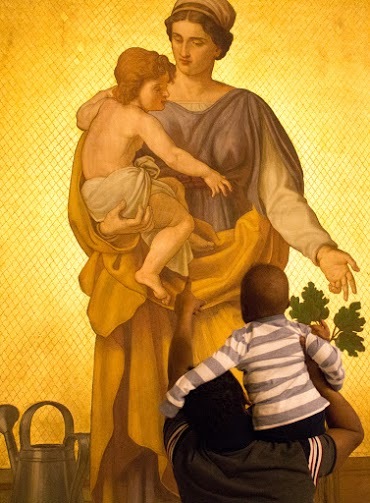
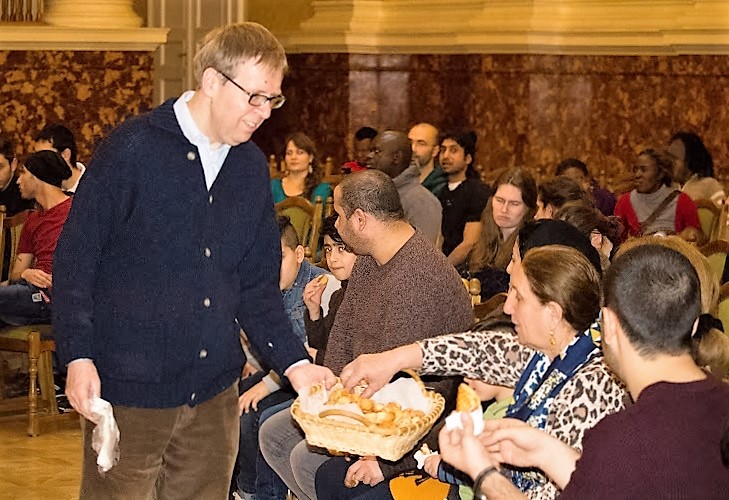
At the beginning of the visit, Péter Szoke, the head of the Hungarian Community, greeting guests, stressed the significance of the visit: to offer a welcome sign in Hungary, and show that the Hungarian people wants to share with them its history, the culture where they want to integrate.
To reinforce his words the presence of the Director of the National Museum, prof. László Csorba, who briefly presented the museum and the thousand-year history of the Hungarian nation, noting in particular that Hungary has had a historical role of transmission between the East and the West, and it is a meeting place for different cultures.
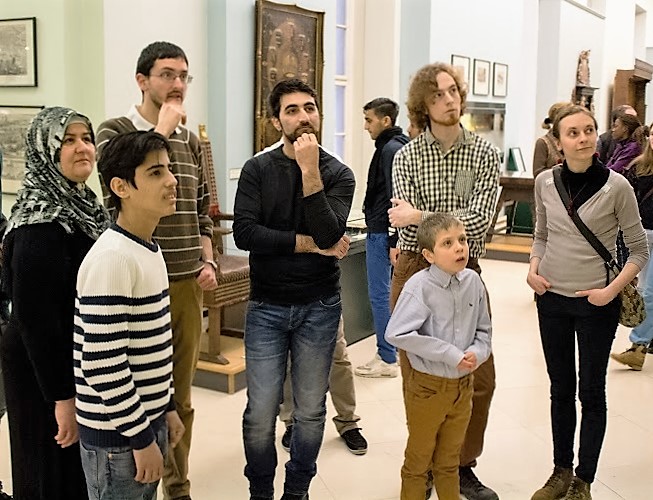
The refugee friends - among whom were also families with children - listened with interest to the presentation of Hungarian culture. Some, arrived from Syria and Iraq, were curious about the ancient manuscripts in Arabic, dating back to Ottoman domination, and tried to understand the ancient texts.
After the visit, organised by the Community of Sant'Egidio and the direction of the museum, refreshments were offered to refugees.
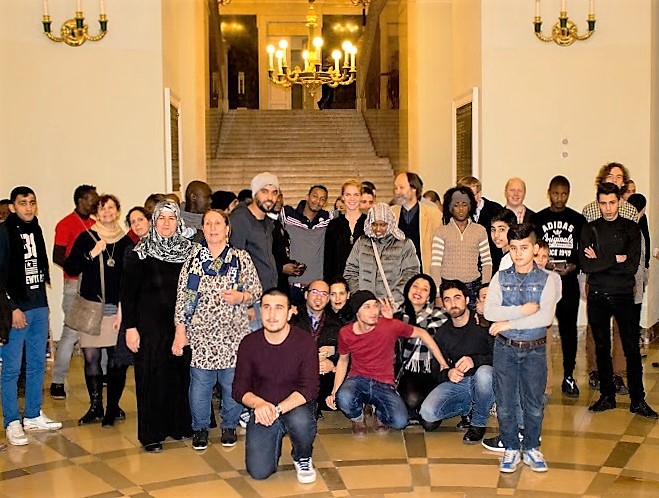 |
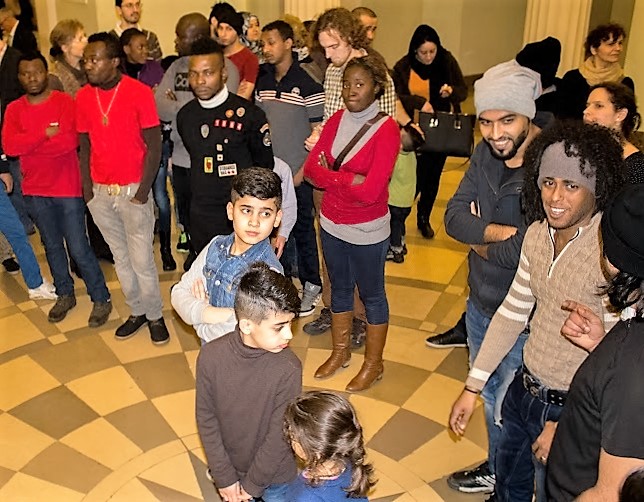 |













